
Learn to Program: The Fundamentals 
Learn to Program: The Fundamentals is a course designed to teach the basics of programming. It covers the fundamentals of programming using the Python language, allowing users to create useful and fun programs. With this course, users can learn the basics of programming and create their own programs. It's a great way to get started in the world of programming. ▼
ADVERTISEMENT
Course Feature
![]() Cost:
Cost:
Free
![]() Provider:
Provider:
Coursera
![]() Certificate:
Certificate:
Paid Certification
![]() Language:
Language:
English
![]() Start Date:
Start Date:
24th Jul, 2023
Course Overview
❗The content presented here is sourced directly from Coursera platform. For comprehensive course details, including enrollment information, simply click on the 'Go to class' link on our website.
Updated in [June 30th, 2023]
This course, Learn to Program: The Fundamentals, provides an introduction to the world of computer programming. Participants will learn the basics of the Python programming language, including how to write and execute code, as well as how to create and manipulate data structures. Through hands-on activities, participants will gain an understanding of the fundamentals of programming and be able to create their own programs. By the end of the course, participants will have the skills to write useful and fun programs in Python.
[Applications]
The application of this course can be seen in many areas. Students can use the knowledge gained from this course to create their own programs for personal use or to develop applications for businesses. They can also use the skills learned to create websites, games, and other interactive programs. Additionally, the course can be used to help students understand the basics of computer programming, which can be beneficial for those looking to pursue a career in software engineering or computer science.
[Career Path]
One job position path that can be recommended to learners of this course is a Software Developer. A Software Developer is responsible for designing, developing, testing, and maintaining software applications. They use programming languages such as Python to create software that meets the needs of their clients. They also work with other developers to ensure that the software is properly integrated into the existing system.
The development trend for Software Developers is to become more specialized in certain areas. As technology advances, software developers are expected to have a deeper understanding of the specific technologies they are working with. They must also be able to work with a variety of different programming languages and frameworks. Additionally, software developers must stay up to date with the latest trends in software development, such as artificial intelligence and machine learning.
[Education Path]
The recommended educational path for learners is to pursue a Bachelor's degree in Computer Science. This degree will provide a comprehensive overview of the fundamentals of computer science, including programming, software engineering, computer architecture, operating systems, databases, and computer networks. Students will also learn about the principles of computer science, such as algorithms, data structures, and artificial intelligence.
The development trend of computer science is rapidly evolving, with new technologies and applications being developed every day. As such, students should expect to stay up-to-date with the latest trends in the field. This could include learning new programming languages, exploring new technologies, and developing new applications. Additionally, students should be prepared to work in teams and collaborate with other professionals in the field.
Course Syllabus
Python, Variables, and Functions
This module gives an overview of the course, the editor we will use to write programs, and an introduction to fundamental concepts in Python including variables, mathematical expressions, and functions.Strings and Designing Functions
This module introduces strings (a Python data type used to represent text), and a process to follow when creating a function.Booleans, Import, Namespaces, and if Statements
This module introduces Booleans (logical values True and False), how to convert between types, how to use Boolean expressions in if statements to selectively run code, and the concept of a Python module.For Loops and Fancy String Manipulation
This module introduces one way to repeat code (using a for loop), how to manipulate strings, and how to use a debugger to watch a program execute step by step.While Loops, Lists, and Mutability
This module introduces another way to repeat code (using a while loop), how to properly document your code to help other programmers understand it, Python's list data type, and the concept of mutation.For Loops Over Indices, Parallel and Nested Lists and Strings, and Files
This module introduces how to use a for loop over the indexes of a list, how to nest lists, and how to read a write files.Tuples and Dictionaries
This module introduces tuples (an immutable version of lists), and Python's dictionary type.Course Provider

Provider Coursera's Stats at AZClass
Discussion and Reviews
0.0 (Based on 0 reviews)
Explore Similar Online Courses

ServiceNow SLA

Linking Politics and Economics - Online Course
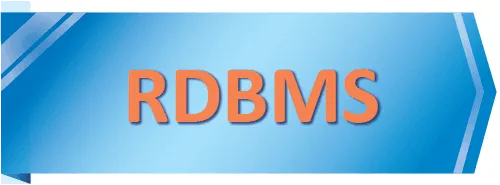
RDBMS PostgreSQL
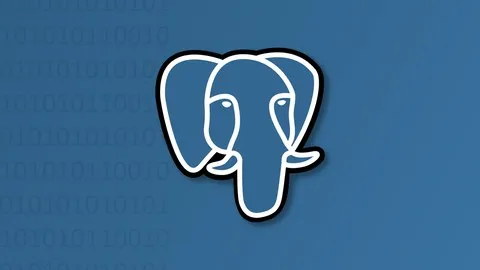
Intro To PostgreSQL Databases With PgAdmin For Beginners
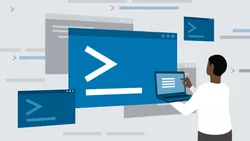
PostgreSQL: Client Applications
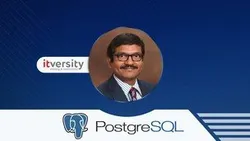
Mastering SQL using Postgresql

Database Design and Basic SQL in PostgreSQL
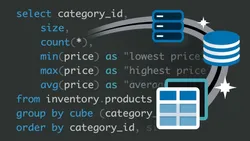
PostgreSQL: Advanced Queries

Spatial SQL with Postgres : A language for geographers

Learn SQL Using PostgreSQL: From Zero to Hero
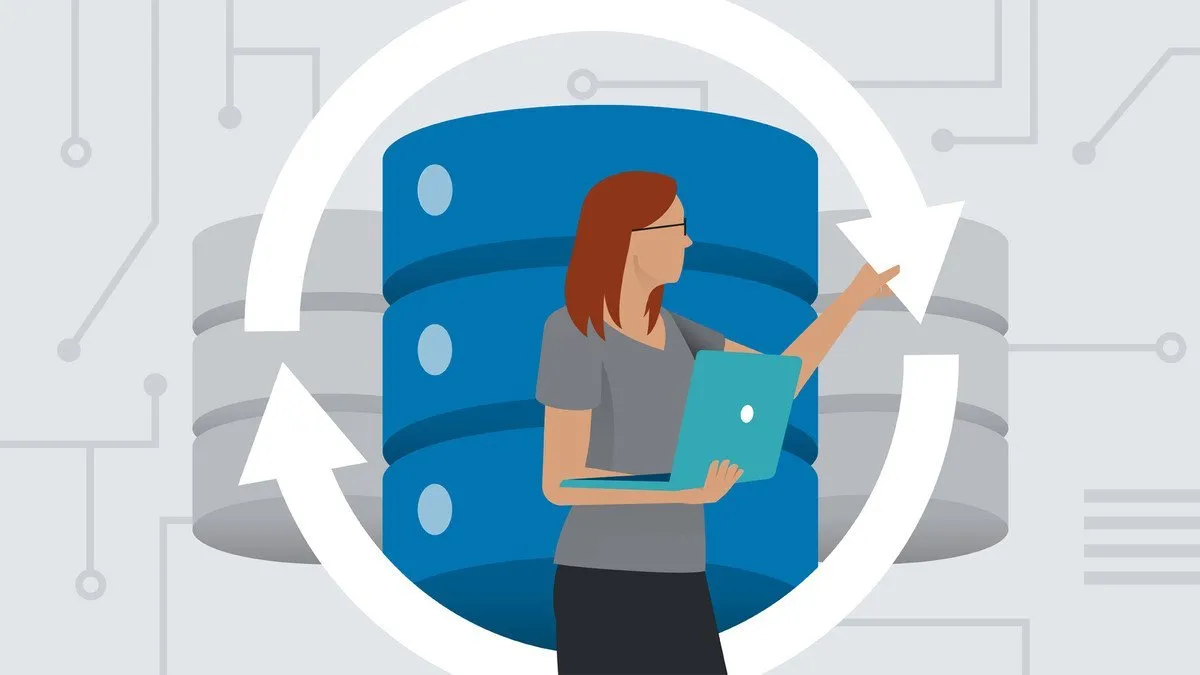
PostgreSQL Essential Training
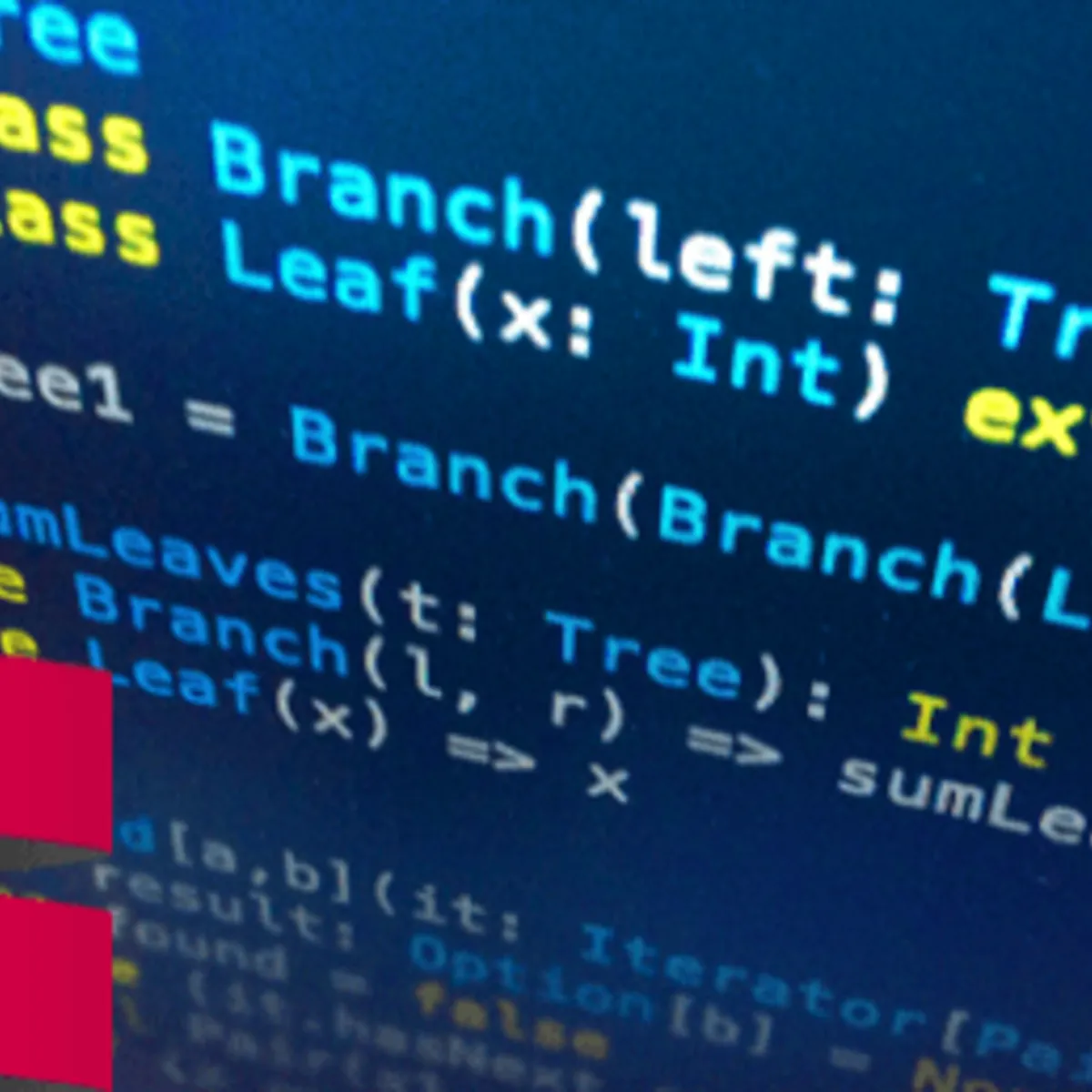

Start your review of Learn to Program: The Fundamentals